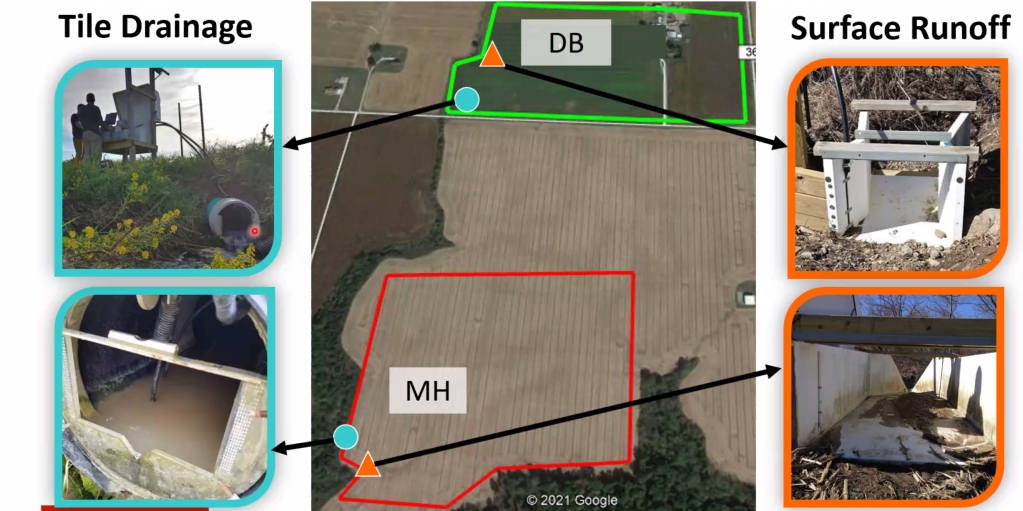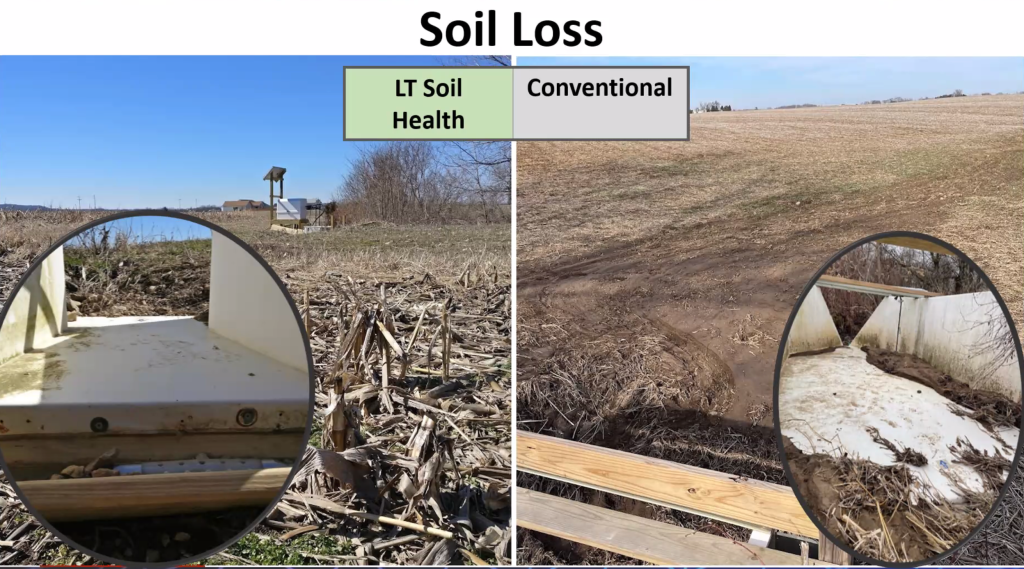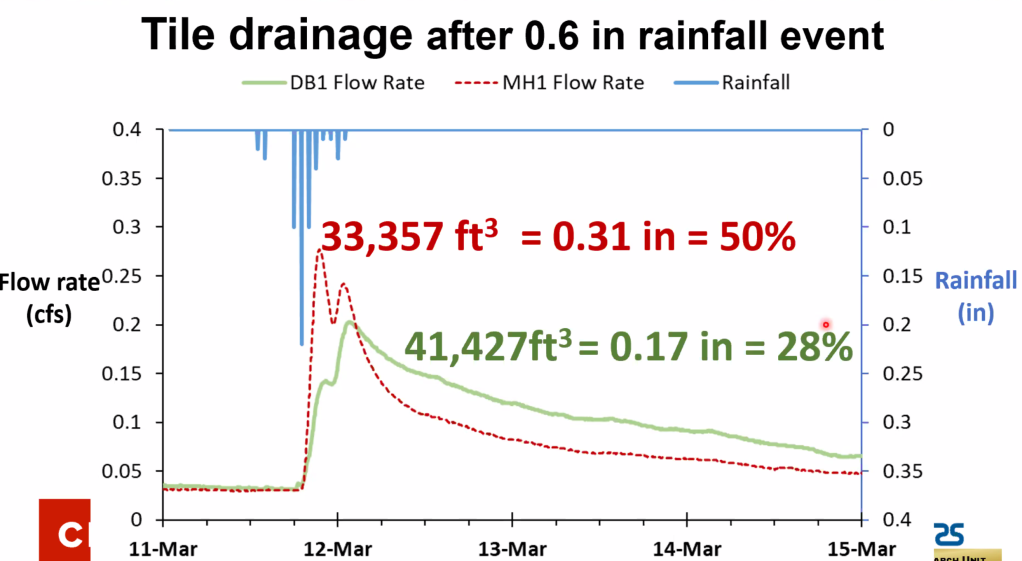
On this weeks webinar Dr. Vinayak Shedekar from The Ohio State University and Dr. Will Osterholz with the U.S Department of Agriculture, Agricultural Research Service, and Soil Drainage Unit spoke about their work with long-term soil health practices and how they can improve water quality. They each shared a different side of the project, giving perspectives from both the statistical and in field practices side.

Shedekar’s research is currently focused on agricultural water management, monitoring and modeling of soil health. He emphasized that it would be wrong not to note the obvious visible difference in the land that is covered (LT Soil Health) versus the land that is left bare (conventional). Throughout the webinar, Shedekar and Osterholz discuss the different variables that were researched and analyzed.

In the webinar, only a year of data was analyzed and shown. The data is from January 2021 through December 2021. But even in the one year of data, many conclusions can be drawn from the different approaches and practices. Below is an example to show the difference in flow rate in a long-term soil health field (DB1) verse a conventional drainage field (MH1).

Check out this week’s webinar for more of their findings!